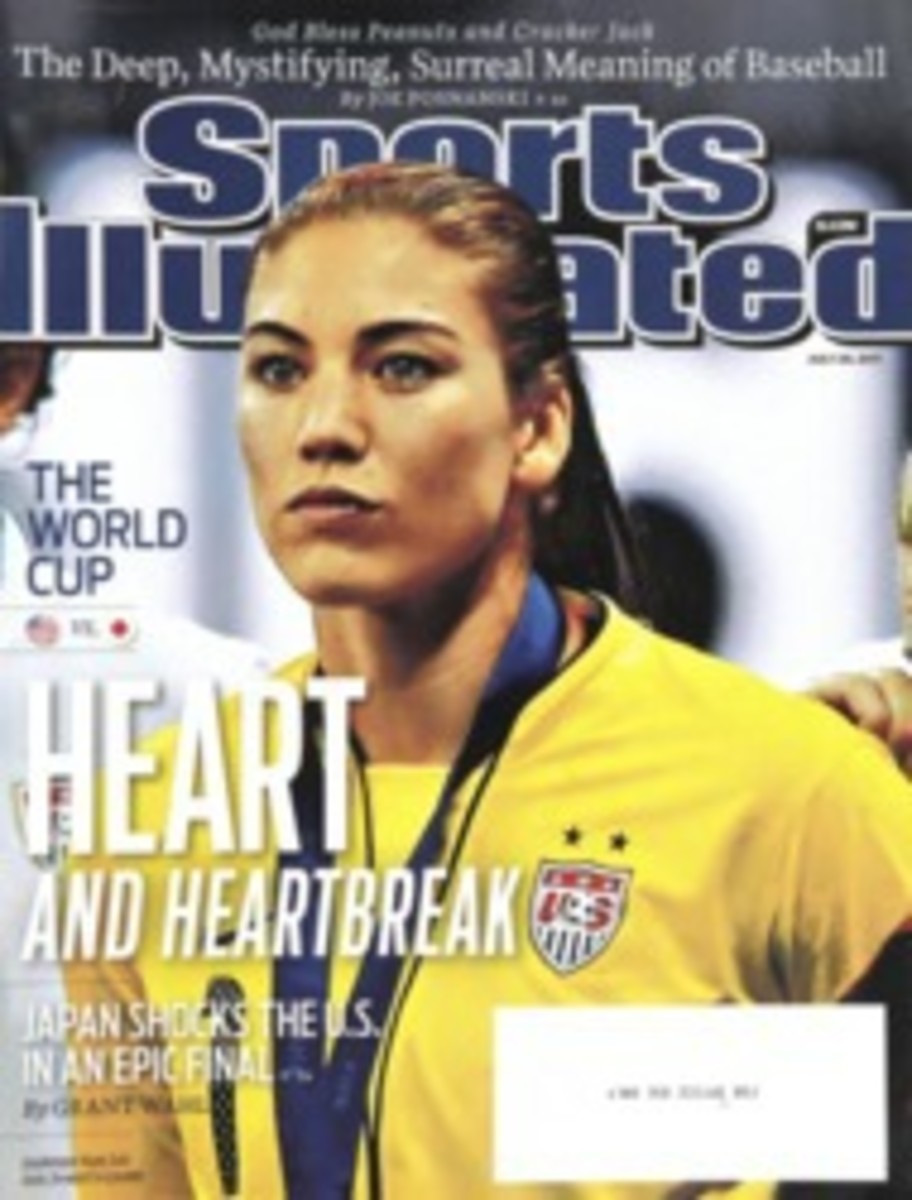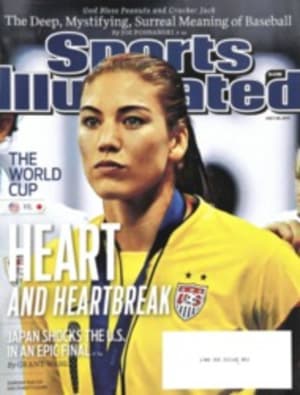
Baseball's Ghost Hunter
Section 14, block B, row E, number 6. For more than 70 years, that was all that marked a patch of earth in the East Ridgelawn Cemetery in Clifton, N.J. Visitors walked over it on their way to the gravesites of loved ones, unaware that they were treading on the final resting place of Ulysses Franklin Grant, a Negro leagues star of the 1890s. Though Grant, a speedy second baseman with a .344 career batting average, would be inducted into the Baseball Hall of Fame in 2006, he died in poverty in 1937, without any descendants to pay for a headstone. Like many Negro Leaguers, Grant was not only denied proper recognition in life but also suffered a final indignity in death: an unmarked grave.
But some wrongs, at least, can be put right, and a 53-year-old anesthesiologist from Peoria, Ill., is doing that, one gravestone at a time. Seven years ago Jeremy Krock began what has developed into the Negro Leagues Baseball Grave Marker Project, which tracks down the unmarked burial plots of those largely forgotten players and installs proper memorials. Last April, Grant became one of 23 players to be given a gravestone by the project, and Krock has a list of dozens more he wants to find and honor.
Why would a middle-aged Caucasian doctor who had never been particularly interested in baseball history become driven to track down the burial plots of players like Ted (High Pockets) Trent, Jonathan Boyce (Steel Arm) Taylor and Clarence (Waxey) Williams? Why would he go to the trouble of raising thousands of dollars for the headstones, collaborating on their design and driving hundreds of miles in some cases to be there for the installations? "I've been accused of having white guilt, but that's not it," Krock says. "It's a matter of regret—regret that Jackie Robinson integrated baseball only after these guys were past their prime or after they died. I just hate to see them spend eternity in anonymity."
Locating the gravesites of players who died long ago with little notice is a painstaking mission. Krock depends heavily on records kept by the Negro Leagues Research Committee, an arm of the Society for American Baseball Research, but he also does much of his own legwork—combing through decades-old obituaries, checking nursing-home records and visiting cemeteries. It's not uncommon, he says, for him to get quizzical looks from cemetery managers when he asks about unmarked graves. "They don't know quite what to make of me."
Larry Lester, a Negro leagues historian and co-chairman of the research committee, had a similar reaction when Krock approached him for help with his project. "A lot of people come to me with great ideas, but most of them don't follow through," he says. "Jeremy wasn't like that. He never lost his passion for making sure these men received their due."
Negro leagues baseball has been rediscovered over the past decade or so, with mostly admirable attempts by major league teams to honor the players and teams who were denied recognition in the past. But as sincere as the motivation might be, there are often other agendas—to court minority fans or earn positive public relations. Krock has no secondary purpose. Though he gratefully accepts the help of others, his is a very personal mission.
It was sparked by childhood trips to his great-grandparents' home in Ardmore, Mo., where they told him stories about local hero Jimmie Crutchfield, who went on to play for the Birmingham Black Barons and the Pittsburgh Crawfords. He heard how Crutchfield had played with other black stars such as James (Cool Papa) Bell, and how Pittsburgh had such a fleet, sure-handed trio of outfielders that if a fly ball was hit anywhere with two outs, their teammates would head for the dugout without even looking. "I asked if Crutchfield ever played for the Cardinals, since they were the nearest big league team," Krock says. "Eventually they explained to me about the segregation of the time."
Krock came across Crutchfield's name again in 2003 while leafing through a book at a Hall of Fame exhibit, and it spurred him to investigate what had happened to the outfielder after his retirement. He eventually found that Crutchfield was buried at Burr Oak Cemetery in Chicago, and since it was nearby, he went to visit the grave. "We looked around, trying to find the marker that said jimmie crutchfield, but there was nothing there. I was stunned." He contacted Lester, and they placed a notice in the organization's monthly newsletter asking for $400 in donations to buy a headstone for Crutchfield. Checks began rolling in, and Krock quickly had more money than he needed. He decided to find out if there were other Negro leaguers whose graves were in need of marking.
The donations have continued to come in, some from baseball people such as White Sox owner Jerry Reinsdorf, former commissioner Fay Vincent, and former player and manager Don Zimmer, but mostly from ordinary fans who feel the way Krock does.
Even with the financial help, searching for ghosts isn't easy. "We're never going to get everybody," Krock says. But that won't keep him from trying. Krock borrows a phrase from Lester to describe the project's goal: "respect, redemption and recognition." That's another way of saying that no one, least of all men who were so unjustly treated in life, should have to spend eternity in section 14, block B, row E, number 6.
Talk Back
If you want to comment or suggest a topic, send an e-mail to PointAfter@si.timeinc.com or tweet SI_PhilTaylor
Why would a white doctor with little interest in baseball history track down the unmarked graves of Negro leaguers like High Pockets Trent?
PHOTO
JOHN BURGESS

